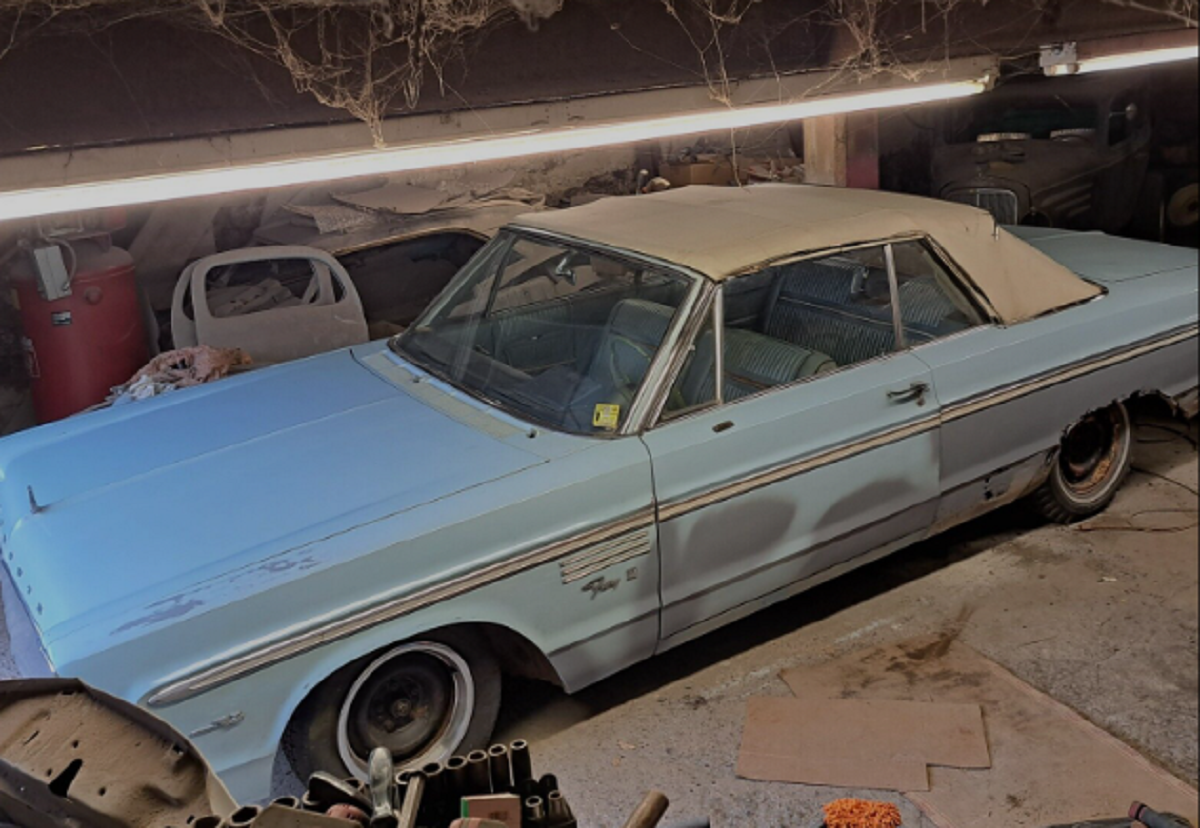With the fourth generation Fury, Chrysler aimed high, transforming the vehicle into a full-size model built on the C-body chassis. The objective was straightforward: take on the Chevrolet Impala and establish Chrysler as a major participant in the full-size market, which is now controlled by its long-standing American rival. With more powerful engines and all Plymouth had to offer for this model year, the Sport Fury was meant to be the model that would entice buyers of Impalas.
With nearly 330,000 units rolling off the assembly lines, the Fury could hardly be considered an Impala killer. After all, 1965 was one of the best years in Impala’s history, as Chevrolet’s model became the first car in the US to sell more than 1 million units. As a result, Fury’s performance was still impressive, especially because Chevrolet’s full-size lineup was already an established presence in the market.
There were four trim levels for the latest version of the Fury. The Fury I was the standard model; the Fury II came with two body styles—as a station wagon and a two-door sedan—as well as a few minor enhancements. The Fury III, which added a coupe and a convertible to the portfolio, was designed to appeal to buyers seeking more options and an opulent experience. The Sport Fury was the top option; it was only available as a hardtop coupe or convertible.

As a direct Impala competitor, the Fury adopted an engine strategy similar to Chevrolet’s. The car was available with many choices, including lazy six-cylinder mills and potent V8s offering a more thrilling experience behind the wheel.
The base unit was the 225 six-cylinder. It was typically ordered by Fury I customers, but the most popular engines for this model year were the 318 and the 383. The icing on the cake was the 426 rated at 425 horsepower. This convertible is a project fighting for its original glory, coming in a condition that looks great at first but gets worse .
It doesn’t mean it’s a rust bucket or anything close, but the Fury has the typical problems of an icon that spent years in storage. Didn’t share specifics on the time away from the road, but it’s safe to assume this convertible hasn’t seen the tarmac in many years.
The rust is a solid indication that the vehicle has been in hiding for a while. The floors aren’t yet wrecked, but they’ll still require some work, while the trunk pan is much worse and will probably need to be replaced. The rust has also made its way to other metal parts, including the quarter panels, so despite the Fury looking solid at first glance, you’ll discover that it needs a ton of work to get back to a tip-top shape.

Whether or not the paint is original is unknown, but if it is, Plymouth deserves praise for applying a finish that has held up quite well over time. Despite its age, this Fury III appears to be a resilient fighter that, depending on the viewpoint, might be able to get away without a complete repaint.
The interior appears surprisingly well-kept, and that it’s still entirely intact is arguably its best feature. It’s evidence the car wasn’t used as a donor for something else, but I’m not sure if it’s all original. The Fury most likely still has the majority of the pieces it wore on the day it rolled off the production lines because it doesn’t appear to be a molested or refurbished vehicle.
The driver’s seat requires particular attention, and the only thing that is missing is the carpet.
Unfortunately, the engine doesn’t bring any good news, though it depends on your restoration plans for the car. The original 383 fitted by Plymouth is no longer there, so you’ll find a lot of clean, fresh air when opening the hood. Theoretically, the lack of an engine is horrible news for someone who hoped to bring this Fury III back to factory conditions, but at the same time, it also leaves the door open to a restomod with a more potent engine.
A 440 would fit the Fury like a glove – Plymouth added this mill to the lineup in 1967, specifically to make the Sport Fury a more compelling rival to the Impala SS.
